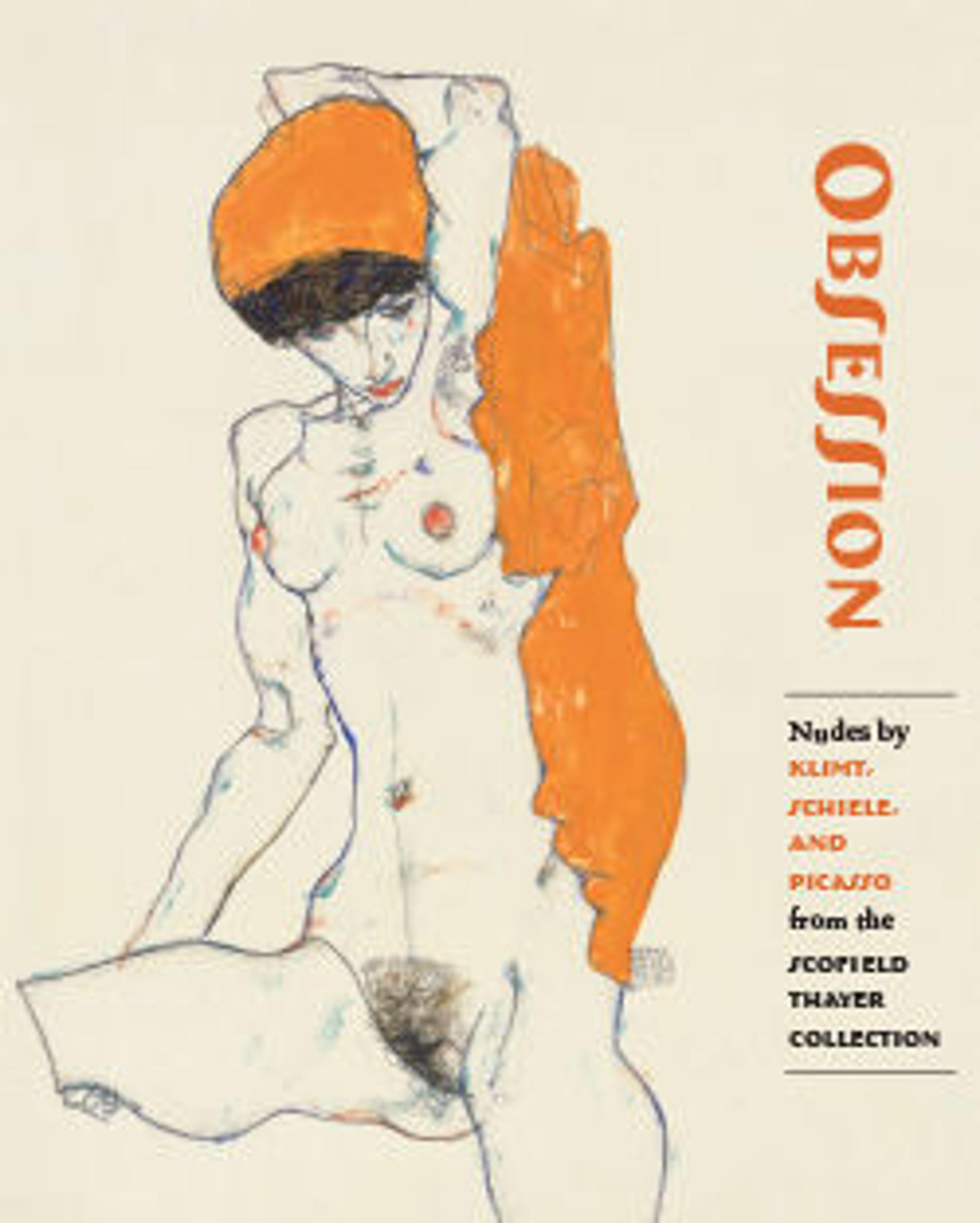The Watering Place
A rare drypoint pulled by Auguste Delâtre, Picasso's first master printer, this proof is one of about ten printed at the time the artist executed the plate. It is closely related to a series of drawings of the same subject also completed in 1906, one of which is in the Museum's collection. Vollard published a later edition of the print - part of the Saltimbanques Suite - after the plate had been steel-faced, a process whereby a thin layer of iron is deposited on the surface of an etched copper plate to prevent its deterioration during printing. While steel-facing allows for a larger edition, it diminishes the velvety line characteristic of drypoint.
Artwork Details
- Title: The Watering Place
- Artist: Pablo Picasso (Spanish, Malaga 1881–1973 Mougins, France)
- Printer: Printed by Eugène Delâtre (French, Paris 1864–1938 Paris)
- Date: 1906
- Medium: Drypoint, before steel facing
- Dimensions: Plate: 4 3/4 × 7 3/8 in. (12.1 × 18.7 cm)
Sheet: 8 3/4 × 12 3/16 in. (22.2 × 31 cm)
Frame: 11 × 14 × 1 3/4 in. (27.9 × 35.6 × 4.4 cm) - Classification: Prints
- Credit Line: Bequest of Scofield Thayer, 1982
- Object Number: 1984.1203.110
- Rights and Reproduction: © 2025 Estate of Pablo Picasso / Artists Rights Society (ARS), New York
- Curatorial Department: Drawings and Prints
More Artwork
Research Resources
The Met provides unparalleled resources for research and welcomes an international community of students and scholars. The Met's Open Access API is where creators and researchers can connect to the The Met collection. Open Access data and public domain images are available for unrestricted commercial and noncommercial use without permission or fee.
To request images under copyright and other restrictions, please use this Image Request form.
Feedback
We continue to research and examine historical and cultural context for objects in The Met collection. If you have comments or questions about this object record, please complete and submit this form. The Museum looks forward to receiving your comments.
